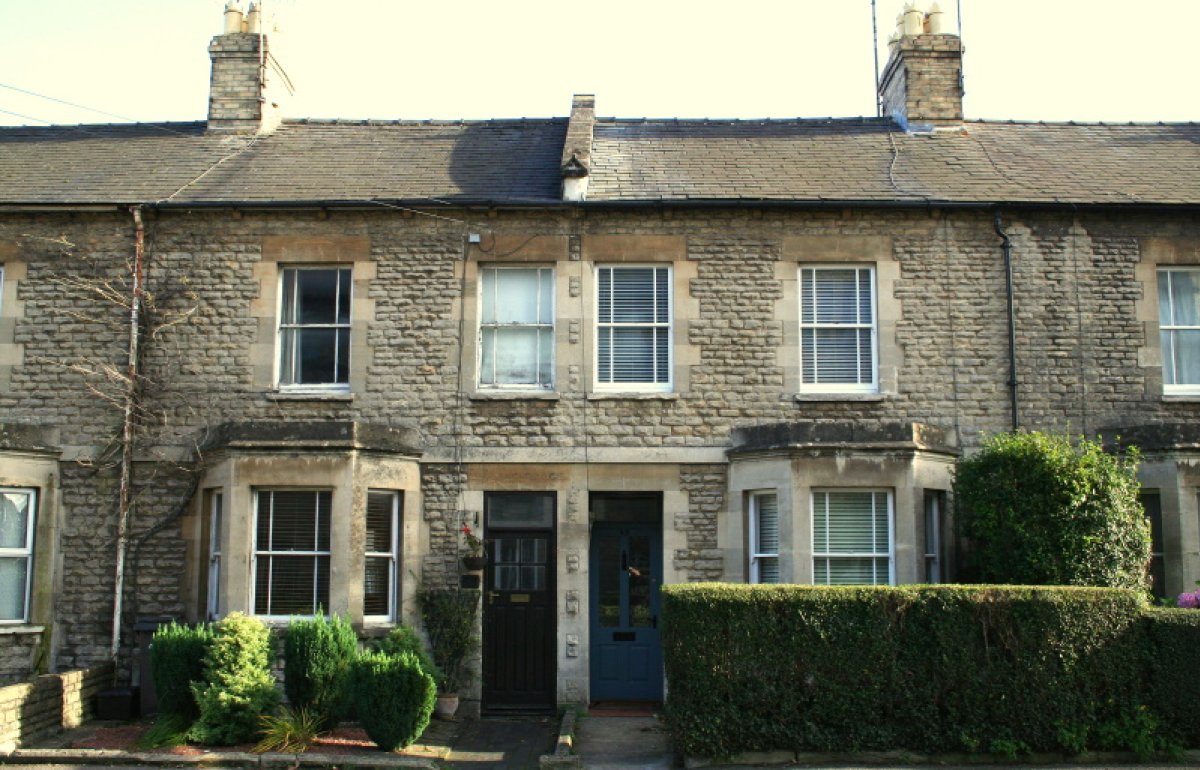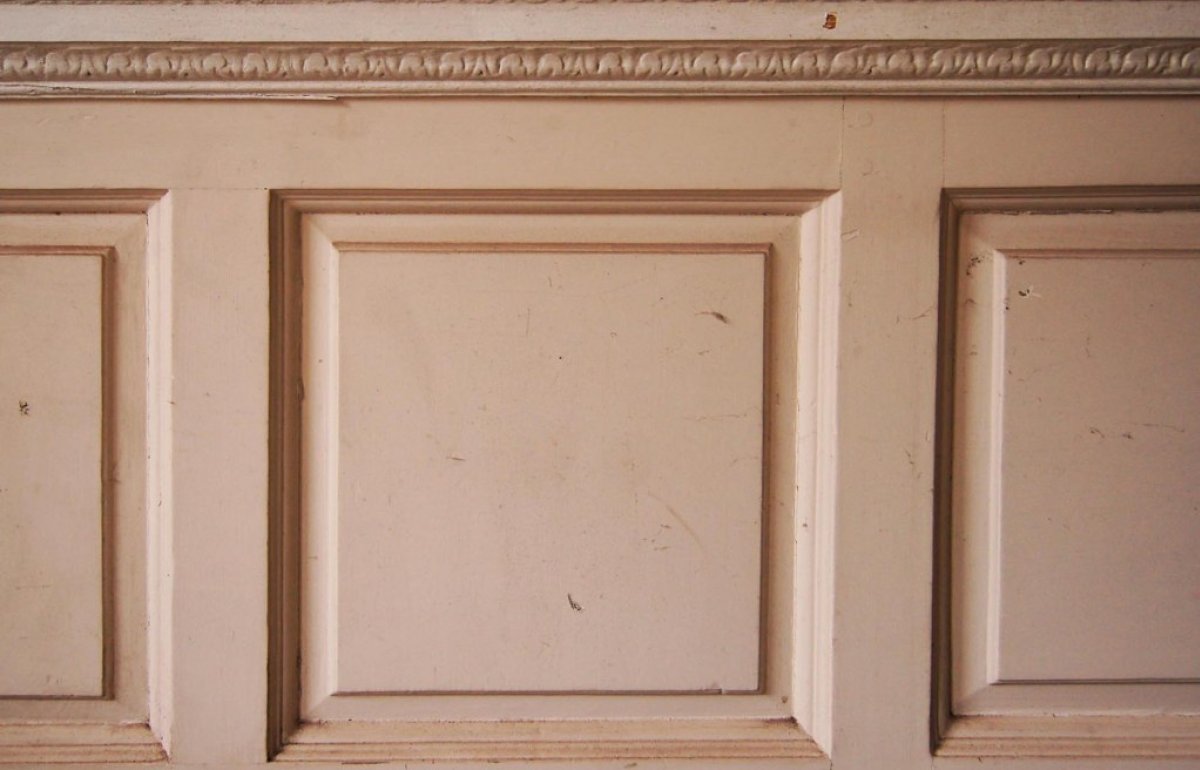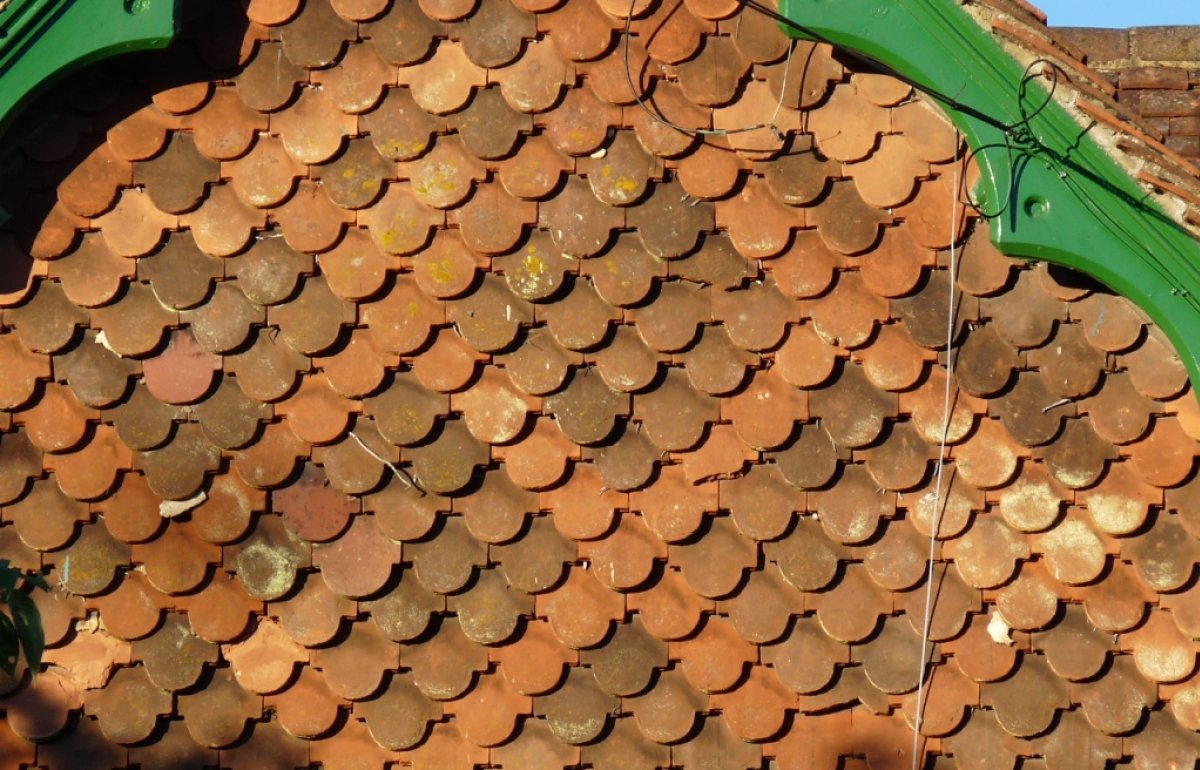Pargeting
Parge-work is seen to best effect when the sun is out, when light and shade on its three-dimensional form leads to subtle changes in the appearance of a building throughout the day.
What is pargeting?
Pargeting is decorative render applied to the facades of buildings. Its use dates back many centuries. Whilst it may comprise simple patterns scratched into the surface when soft, exuberant hand-modelled forms became particularly fashionable in the 17th century. They were inspired by work on Henry VIII’s ostentatious Nonsuch Palace in Surrey following a renaissance in classical design.
After declining in favour during the Georgian period, pargeting enjoyed a revival with the Arts and Crafts Movement towards the end of the Victorian period. 19th- 20th century examples tend to be more precise and less rustic in character than earlier pargeting. The tradition remains very much alive in East Anglia, although previously it had a much greater geographical distribution.
An example of pargeting in Essex
How is pargeting carried out?
Pargeting requires technical skill as well as artistic sympathy. Before the 19th century, it was created on lime render, usually applied to a backing of riven (split) hardwood laths on timber-framed buildings. Later work may be applied to render on softwood laths, brick or clay lump, and tends to be harder and often cement- rather than lime-based. Pargeting is executed on the finish coat using various basic, and normally home-made, tools. Although techniques vary considerably, the two main types of pargeting are the incised and raised forms.
What is incised pargeting?
Incised pargeting includes ‘stick work’ and ‘combed work’, whereby a stick, bundle of sticks, wooden comb, or perhaps a saw blade, fork or nail, are used to create simple designs. One is ‘sparrow picking’, where the surface is pricked to give a series of rhythmic stab-holes. Others comprise ropes and birds’ feet. A further form of incised pargeting is ‘pressed work’, which entails repeatedly impressing patterns into the wall using stamps or rollers. Popular designs are fantails, chevrons and reeded squares. Some late-20th-century pressed work has a harsh, overly mechanical look on older buildings.
What is raised pargeting?
Raised pargeting is the rarer and more skilled type. Designs are modelled free-hand with the fingers and small tools, or sometimes using timber templates. Alternatively, they can be cast in moulds of wood or perhaps beeswax. They range from dates and single ornaments, such as Tudor roses, to decorative friezes and more extensive designs depicting plants, animals and occasionally figures. Heavy features may be supported by armatures (sticks, metal spikes, pieces of brick or tile, stainless steel wire, etc).
How do I repair old pargeting?
Be sure to retain the maximum amount of old pargeting possible instead of replacing it to look like new. It is important, of course, to deal with the cause of any defects first. With pre-Victorian work especially, lime mortar should be used rather than cement. The SPAB may be able to advise on the names of specialists. Cracks should be filled with a suitable render mix and, where appropriate, grouting (liquid mortar). Where pargeting is loose – perhaps due to water ingress, structural movement or the weight of ornamentation pulling it away – it can frequently be re-attached. It may be necessary to temporarily remove detaching areas to repair the material behind the surface beforehand. When patching, it can sometimes be preferable to use plain render or a sympathetic variation on the existing design rather than trying to copy exactly what exists.
What should I use to paint or finish old pargeting?
Limewash is usually the most suitable finish for lime-based pargeting. Because pargeted surfaces can collect dirt, particularly near roads, they are often redecorated frequently. A build-up of paint may soften and enhance some modern pargeting but cause an undesirable loss of detail on older work. Additionally, non-breathable modern paint finishes commonly trap moisture. When paint removal is attempted to resolve these problems, it should only be entrusted to a specialist otherwise there can be a high risk of the pargeting disintegrating.
Buxbaum, T (1999) Pargeting, Shire Album 341, Princes Risborough: Shire Publications Ltd





